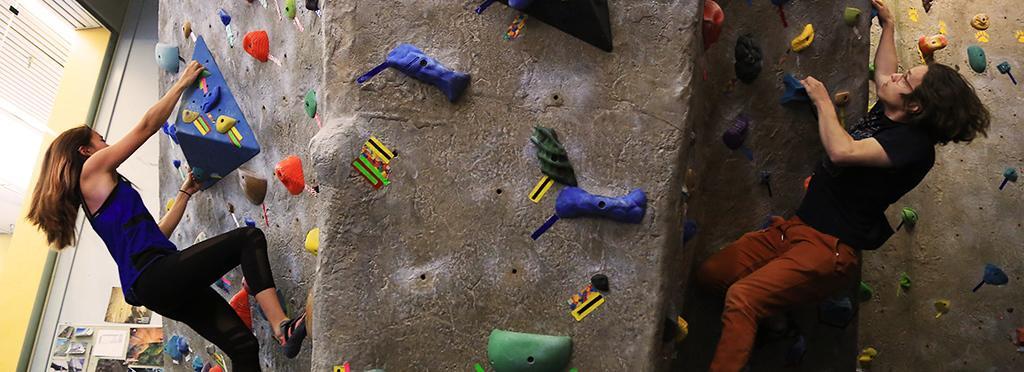Outdoor Adventures
Outdoor Adventures offers a variety of experiential-learning opportunities through our Bike Shop, Challenge Course, Outdoor Trips, Rental Center, and Rock Wall. Our programming is designed to nurture and encourage a life-long love of outdoor pursuits along with a deep appreciation of risk management, environmental stewardship, as well as social and cultural inclusivity.
